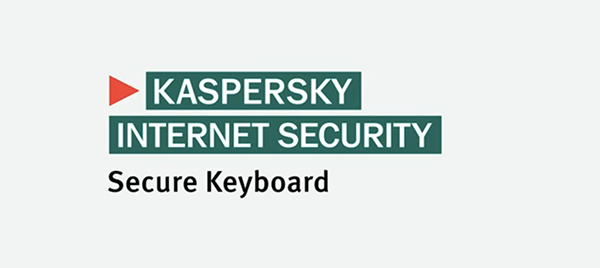We all want the newest and best of everything. That’s why every time the latest device comes out we rush to upgrade our suddenly outdated version. Less than 6 percent of Americans who upgrade their devices resell their old ones, but that figure is growing and as it does, so too does the amount of personal data that resellers inadvertently share with complete and total strangers.
A year ago cyber security expert Robert Siciliano conducted an experiment that should send chills through anyone who has sold a used digital device. He bought 20 devices — desktops, laptops, netbooks, tablets, Macs and mobile devices — on craigslist, then explored them to see what personal data of the sellers was still on those devices.
What he found was shocking: Three of those devices had never been wiped — they were in the exact same condition when Siciliano bought them as they were when their original owners used them every single day. All the data those users had ever put onto those devices was there for Siciliano to access freely. The other 17 devices had been wiped, but seven of those still contained remnants of the original users’ data.
That means that 50 percent of the devices bought in this study of random second hand digital devices still contained sensitive information belonging to their original owners, whether or not they had been wiped.
The risks associated with strangers accessing your personal data can’t be underestimated. Depending on what the new owners find, from personal information to account logins and passwords to financial data, the original owners could wind up the subject of identity theft, financial fraud, blackmail — and could even be putting themselves and their homes in jeopardy of being robbed.
That said, there are ways to wipe these devices of your data:
- For desktops and laptops, reinstall your operating system. On Windows-based devices, this means inserting the operating systems disk and restarting the PC. While its restarting, repeatedly tap the F12 button (unless directed to hit F2 or F8) and select ‘boot from CD’ when that option pops up.
- New computers typically have special factory reset function accessible at the boot time.
- Use special software to wipe personal files on the hard drive. “Wiping” means not just deleting, but overwriting old files with random data multiple times. Otherwise, your data could be easily “undeleted” by a third party. Kaspersky PURE 3.0 has a function called “File Shredder” and its primary purpose is to wipe data from computers.
For phones, you’ll need to do a factory reset:
- On Androids, select Menus, then Settings, Privacy and then Factory data reset.
- On iPhones, select Settings, General, Reset, reset all settings.
- On Blackberry’s, select Options, Security Options, General Settings, Menus, Wipe Handheld.
- On Windows 7 devices, select Settings, About, Reset Phone.
If you have another type of device, search the web by the maker, model number and service carrier for proper factory reset instructions. And no matter what type of device you’re reselling, be sure to remove and/or wipe any SD cards and CDs/DVDs.
But while all of these wiping techniques are good, you should know that no matter how thoroughly you cleanse an old device you may inadvertently leave something behind, and the more tech savvy the buyer is, the more likely it is it will be found. The only way to be completely sure your data is safe is if you physically remove all storage devices and destroy them — which may deplete the resale value and defeat the purpose of reselling your device in the first place, but at least you’ll know you’re secure.
When it comes to protecting your personal data on your current devices, the best way to do that is to install and run security suites like Kaspersky PURE 3.0 Total Security from Kaspersky Lab. PURE protects your system from the latest malware and Internet threats, securing your digital identity as well as your documents, photos, music and passwords.
 data wiping
data wiping

 Tips
Tips